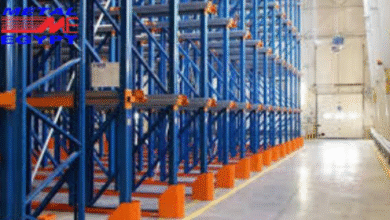Unlocking the Potential – Comprehensive Guide to Investing in Multi-Family Properties

By Dr. Pooyan Ghamari, Swiss Economist
Investing in multi-family properties offers numerous benefits that make it a highly attractive option for both new and experienced real estate investors. Here’s an expanded look at the advantages and strategies involved in multi-family property investments.
Steady and Diversified Income Stream
Consistent Cash Flow Multi-family properties generate multiple streams of rental income from various units, providing a steady and reliable cash flow. This income stability reduces the financial impact of vacancies, as the loss of one tenant does not significantly affect overall income.
Risk Mitigation With multiple tenants, the risk of total vacancy is minimized. This diversification ensures that even if one unit is vacant, the others continue to generate income, providing financial security and stability.
Economies of Scale
Cost Efficiency Managing multiple units within a single property is more cost-effective than managing separate single-family homes. Shared maintenance, utilities, and infrastructure reduce per-unit expenses, increasing profit margins.
Bulk Purchasing Power Owners of multi-family properties can take advantage of bulk purchasing for repairs and maintenance, further lowering costs and enhancing profitability.
Appreciation and Value Growth
Market Demand Multi-family properties are in high demand, particularly in urban areas with growing populations. This demand drives property appreciation, making multi-family investments more valuable over time.
Forced Appreciation Investors can increase property value through renovations and improvements. Upgrading units, adding amenities, and enhancing curb appeal can justify higher rents and boost property value.
Tax Benefits
Depreciation Investors can benefit from depreciation, which provides a non-cash tax deduction. This deduction offsets rental income, reducing taxable income and improving net returns.
Expense Deductions Operating expenses such as property management fees, maintenance costs, and mortgage interest are tax-deductible, reducing overall tax liability and increasing net profitability.
Financing and Scalability
Favorable Financing Terms Multi-family properties often qualify for more favorable financing terms, including lower interest rates and higher loan-to-value ratios. This makes it easier to finance multi-family investments and leverage capital.
Scalability Investing in multi-family properties allows for scalable growth. Investors can start with smaller properties and gradually acquire larger complexes, building a substantial real estate portfolio over time.
Community Impact and Sustainable Living
Community Building Investing in multi-family properties allows investors to contribute positively to communities by providing quality housing options. Well-maintained properties enhance neighborhood appeal and resident satisfaction.
Sustainability Multi-family properties can incorporate sustainable practices such as energy-efficient systems and shared resources. This not only reduces environmental impact but also lowers operating costs, benefitting both owners and tenants.
Conclusion
Investing in multi-family properties offers robust income streams, cost efficiencies, tax advantages, and opportunities for value appreciation. By leveraging economies of scale, securing favorable financing, and contributing to community development, investors can achieve significant financial growth and long-term stability.
This article was originally published on a.land. For more information and opportunities, visit shop.a.land.




